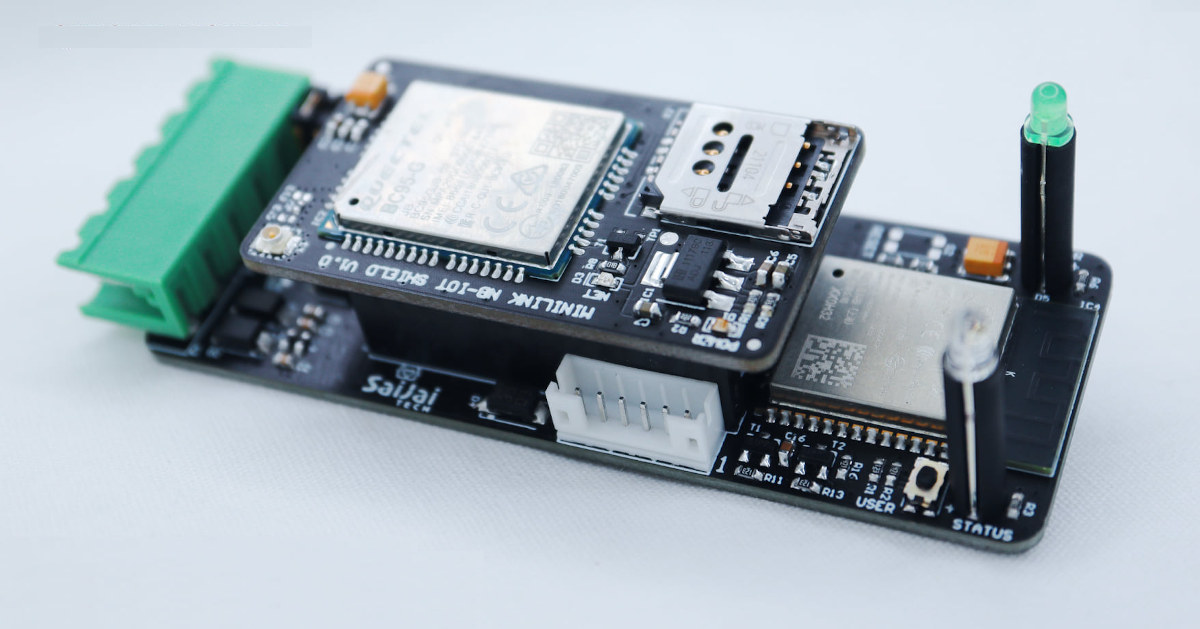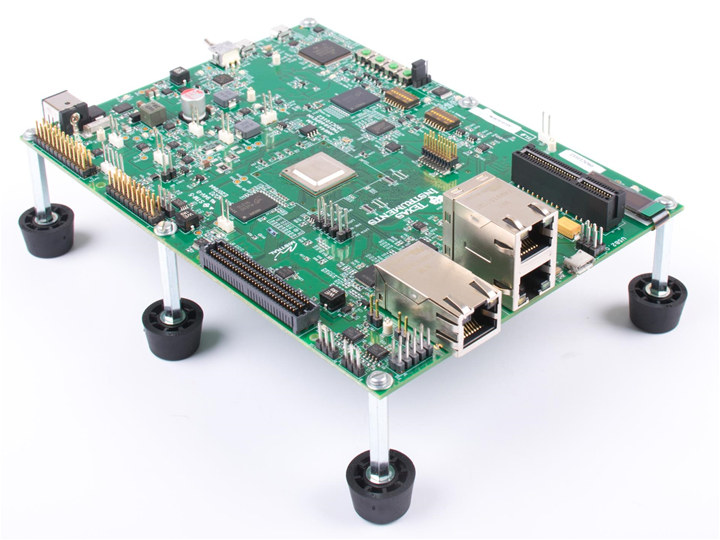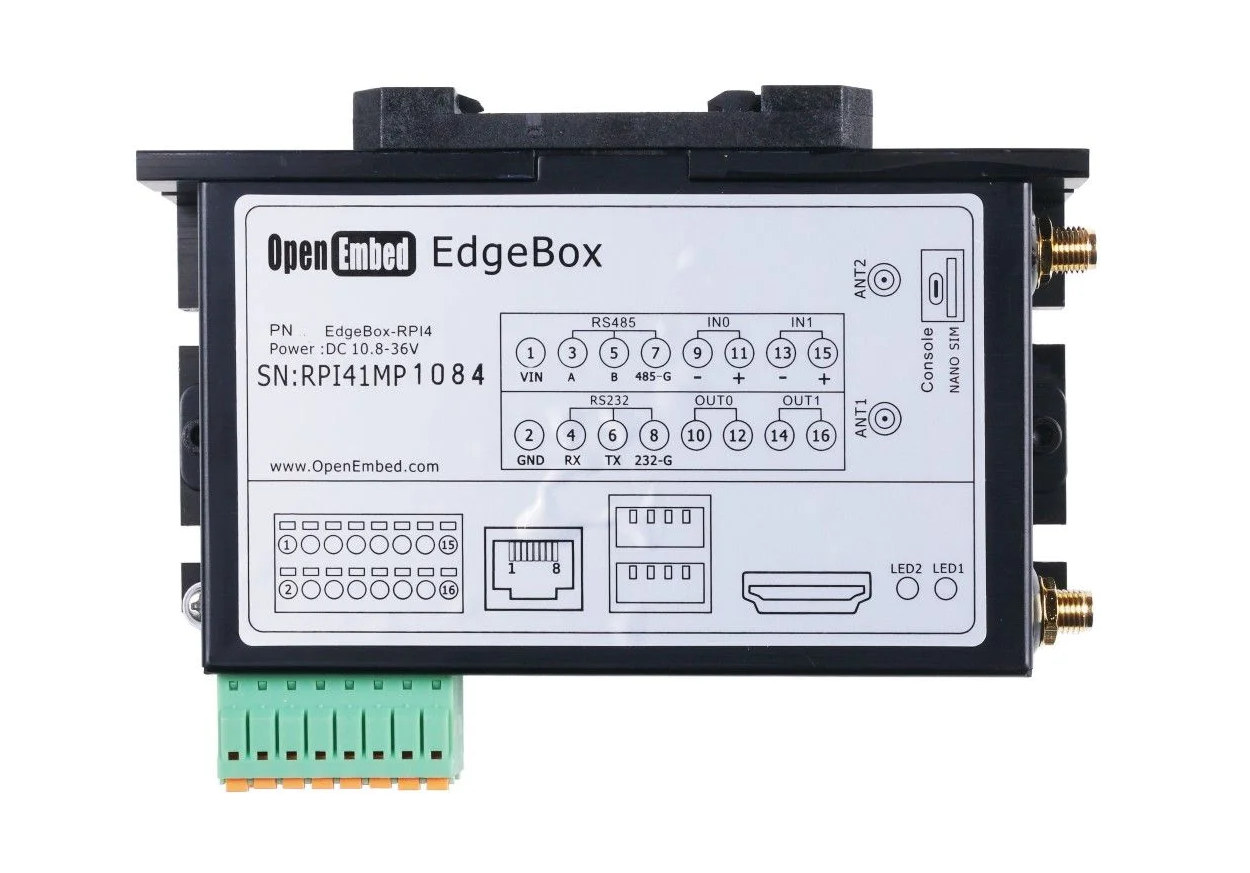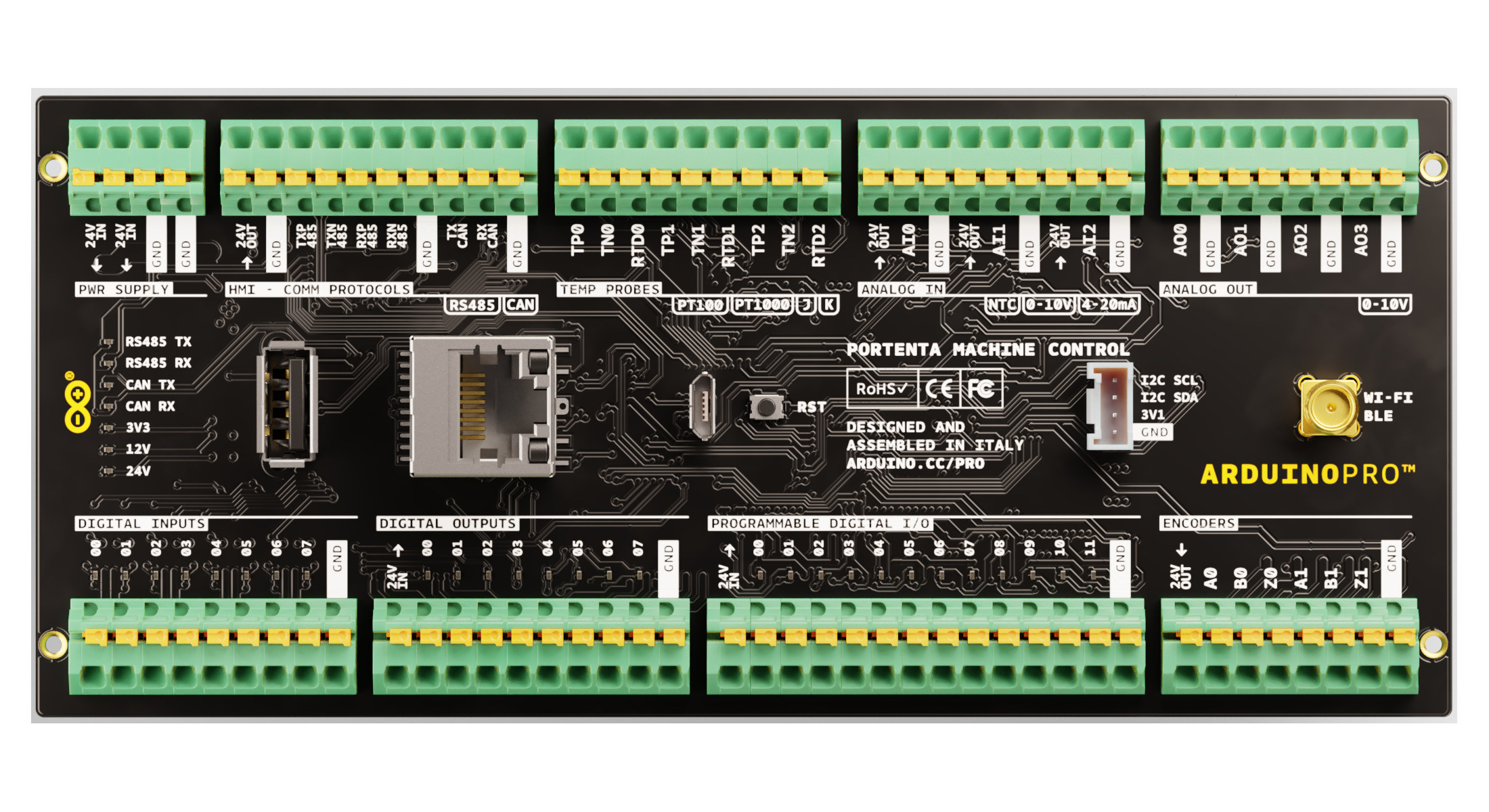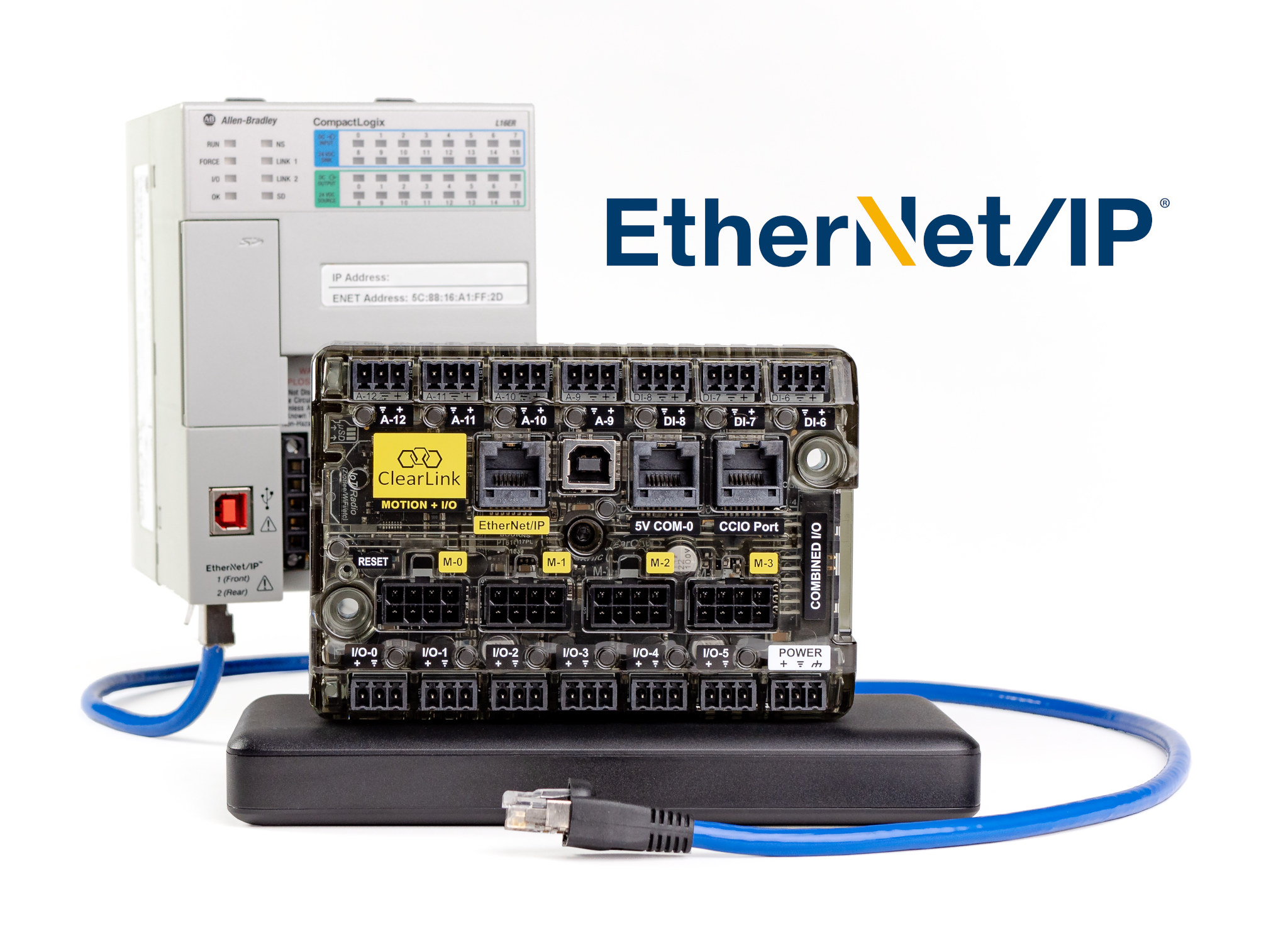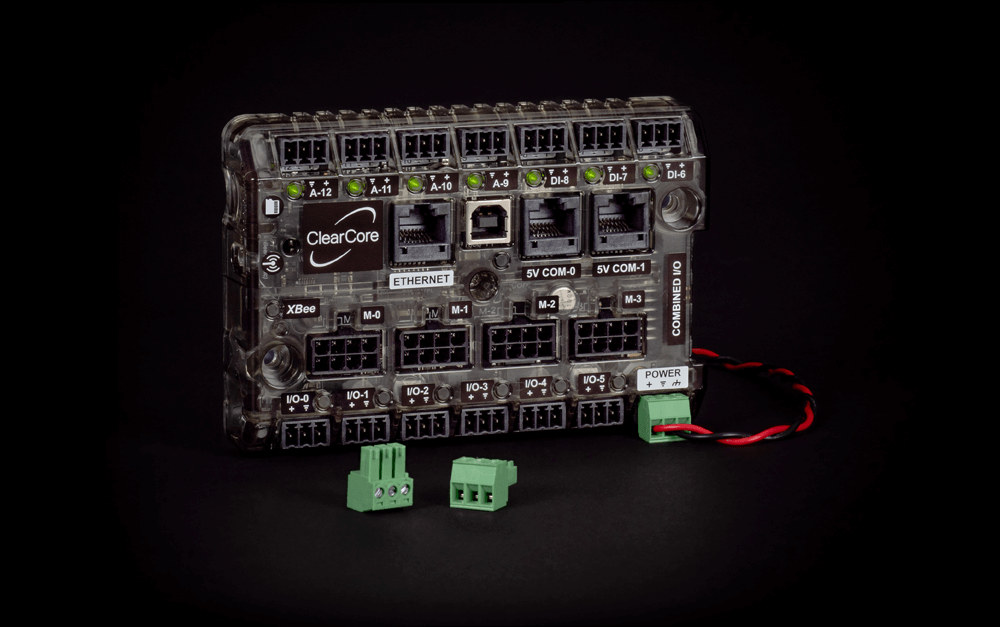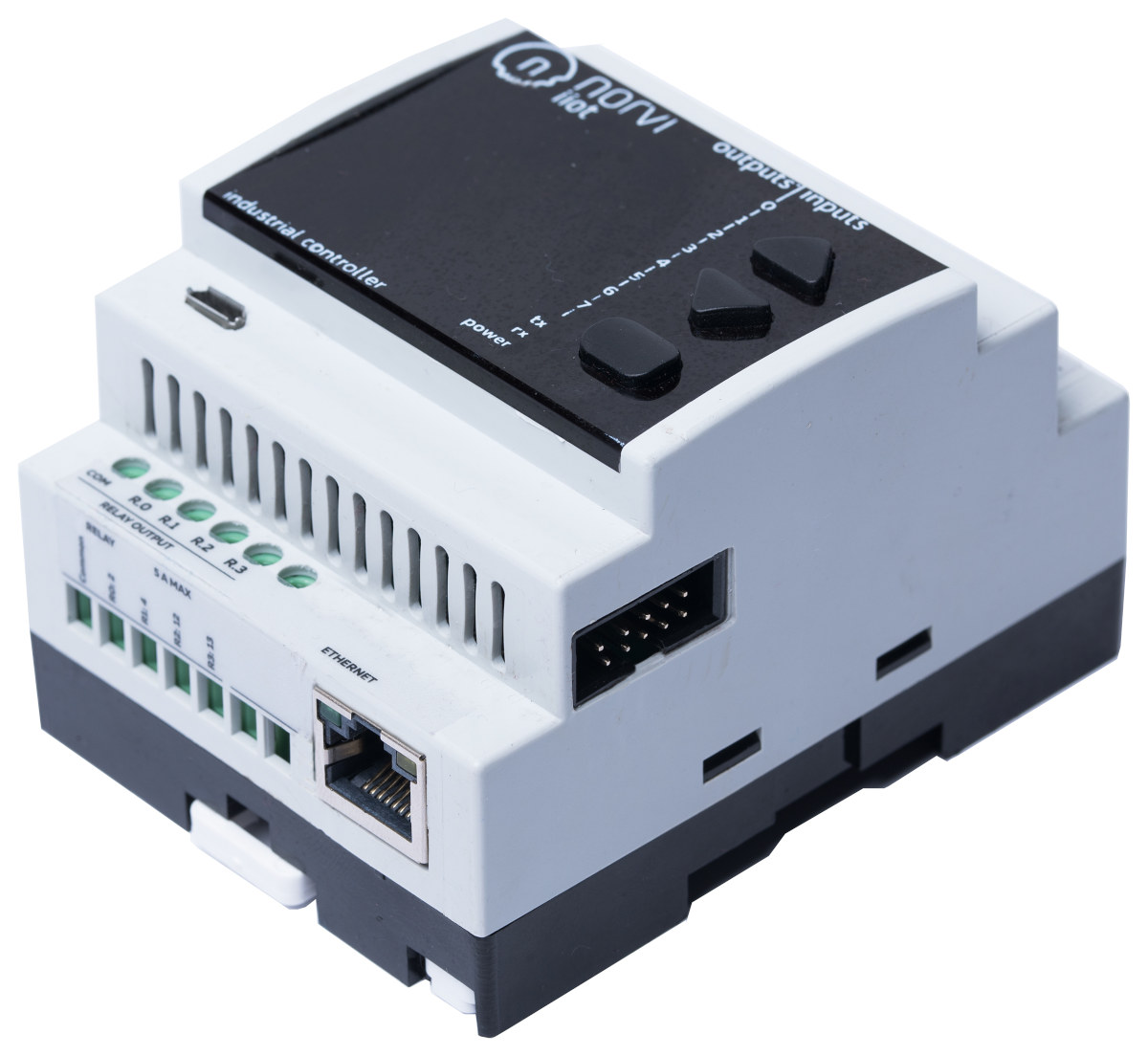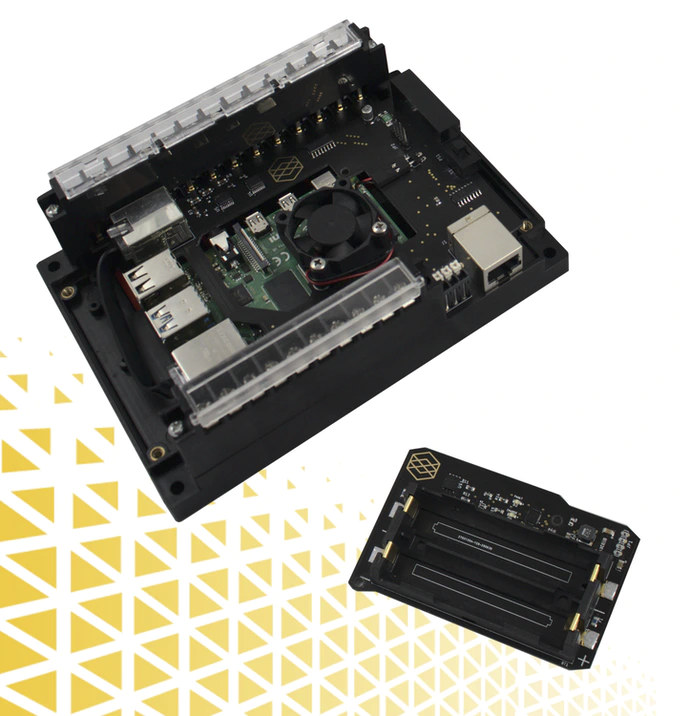Designed by Thailand-based Saijai Tech, MiniLink IIoT Node is an Arduino compatible board based on either an ESP32 WiFi & Bluetooth SoC or an unnamed Microchip Cortex-M0+ microcontroller designed for Smart Agriculture or industrial applications (e.g. PLC controllers). The board includes an RS485 interface for sensors or actuators, an ACER-branded LoRa module, and expansion headers to add an extra wireless module with either LoRa PtP (P2P, Point-to-Point), NB-IoT, or 3G/4G LTE & GNSS, and some of those add an extra RS485 port. MiniLink IIoT node key features & specifications: MCU (one or the other) Espressif ESP32 dual-core processor with 2.4 GHz WiFi and Bluetooth LE Microchip Arm Cortex-M0+ microcontroller (probably SAMD21) LPWAN – ACER AS923 LoRaWAN module Sensor interface – RS485 or UART via terminal block (jumper selectable) Expansion – 2x 14-pin header for expansion modules Misc – User & reset buttons, RS485/UART selection jumpers, user and power LEDs, USB/TTL […]
TI AM64x 7-core processor is made for PLC’s, motor drives, industrial robots
Texas Instruments AM64x is a family of 64-bit Arm processors with functional safety designed for Programmable Logic Controllers (PLC), motor drives, remote I/O, and industrial robots. The top-end processor of the family, AM6442, comes with seven cores including two Cortex-A53 application cores, four Cortex-R5F real-time cores, and one Cortex-M4F isolated core. AFAICT, while the documentation is dated January 2021 and TI announced the processor in February in a blog post with a cryptic title, it was only first picked up by Embedded Computing in early May. Besides the processor itself, TI also provides an AM64x starter kit and a full-featured AM64x evaluation kit, and several companies are already preparing development boards and modules as we’ll see further below. TI AM64x processor AM64x key features & specifications: CPU cores Dual-core Arm Cortex-A53 processor @ 1.0 GHz with 256KB L2 shared cache with SECDED ECC, 32KB L1 D-cache, 32KB L1 I-cache Up […]
EdgeBox-RPi4 industrial controller offers RS485, RS232 interfaces, isolated DI/DO
OpenEmbed EdgeBox-RPi4 is an industrial controller based on Raspberry Pi Compute Module 4 fitted with up to 4GB RAM, 32GB eMMC flash, and a 2.4/5GHz WiFi & Bluetooth 5.0 wireless module. The controller exposes isolated RS485 & RS232 serial interfaces, as well as isolated digital inputs and outputs through a 16-pin terminal block, and provides Gigabit Ethernet and optional WiFI and 4G LTE connectivity options. EdgeBox-RPi4 specifications: SoM – Raspberry Pi Compute Module 4 (CM4) with Broadcom BCM2711 quad-core Cortex-A72 processor running up to 1.5GHz in either two default configurations: 1GB RAM, 8GB flash, no wireless module 4GB RAM, 32GB flash, dual-band WiFi 5 and Bluetooth 5 module Storage – M.2 socket for NVMe SSD up to 2TB (See expansion) I/O interfaces via 16-pin terminal block Industrial-grade isolated 2x DI (Digital Inputs), 2x DO (Digital Outputs) Industrial-grade isolated RS485 interface RS232 interface Connectivity Gigabit Ethernet RJ45 port Optional WiFI 5 […]
Arduino launches Portenta Machine Control industrial control unit
Arduino Portenta Machine Control is a low-power, industrial control unit powered by Arduino Portenta H7 board and designed to drive equipment and machinery through digital and analog I/O exposed through terminal blocks. The industrial control unit adds to the Arduino Pro family that was introduced in 2020 with support for the Arm Pelion IoT platform, the launch of the STM32H7-powered Arduino Portenta H7 industrial board, and joins another application-specific solution, namely the Arduino Edge Control board for smart agriculture launched last month. Arduino Portenta Machine Control specifications: Portenta H7 board with MCU – TMicro STM32H747XI Cortex-M7 @ 480 MHz + M4 @ 200 MHz MCU with 2MB dual-bank Flash memory, 1 MB RAM, Chrom-ART graphical hardware accelerator System Memory – 8MB SDRAM Storage – 16MB QSPI NOR Flash Connectivity – 10/100M Ethernet RJ45 port, WiFi & Bluetooth LE with u.FL antenna connector USB – 1x USB Programming Port I/O via […]
ClearLink EtherNet/IP motion and I/O controller supports 4 axes of motion control
A few weeks ago, we wrote about ClearCore Arduino compatible industrial I/O and motion controller that can be programmed with the Arduino IDE or a C/C++ SDK. Teknic has now announced ClearLink with basically the same hardware, but instead of being programmable in C++, the controller is managed over the EtherNet/IP protocol. ClearLink key features and specifications: MCU – Microchip SAME53 Arm Cortex-M4F microcontroller clocked at up to 120 MHz, with 512 KB flash, 192 KB of SRAM Storage – MicroSD card slot Connectivity 1x 10/100M Fast Ethernet RJ45 port compatible with EtherNet/IP Support for Xbee modules for wireless communication (WiFi, Bluetooth, ZigBee, DigiMesh, 802.15.4, etc.) I/Os 2x RJ45 serial ports for SPI or UART devices (5V output) 13x 3-pin terminal blocks with software configurable I/O, power, and ground Digital outputs can drive resistive or inductive loads up to 9 watts such as contactors, pneumatic or liquid valves, guard locks, […]
ClearCore – An Arduino compatible Industrial I/O and Motion Controller
Teknic, a US-based manufacturer of servo motion control components, has designed ClearCore, a Microchip SAME53 Arm Cortex-M4 based industrial I/O and motion controller that can be programmed with the Arduino IDE for quick prototyping, or Atmel Studio 7 with a more advanced C++ API for more complex projects. ClearCore offers four motion axes, 24-volt compatible analog and digital I/O, support for I/O expansion modules, as well as serial and/or Ethernet connectivity via RJ45 ports. Multiple ClearCore can also be daisy-chained for larger applications. ClearCore key features and specifications: MCU – Microchip SAME53 Arm Cortex-M4F microcontroller clocked at up to 120 MHz, with 512 KB flash, 192 KB of SRAM Storage – MicroSD card slot Connectivity 1x 10/100M Fast Ethernet RJ45 port Support for Xbee modules for wireless communication (WiFi, Bluetooth, ZigBee, DigiMesh, 802.15.4, etc.) I/Os 2x RJ45 serial ports for SPI or UART devices (5V output) 3-pin terminal blocks with […]
NORVI ENET DIN-Rail ESP32 Industrial Controller adds Ethernet port
Announced in 2019, NORVI IIOT industrial controller features an ESP32 WiFi and Bluetooth module, a choice of OLED or TFT Display, 24V DC input, and several analog and digital I/Os all housed in a DIN Rail enclosure. Sri Lanka-based ICONIC DEVICES has now announced an updated version with NORVI ENET DIN-Rail ESP32 industrial gateway based on a similar design, but with the addition of an Ethernet port using W5500 SPI to Ethernet controller. NORVI ENET (AE06) specifications: Wireless Module – ESP32-WROOM32 with ESP32 dual-core processor @ 160 MHz, 520 Kbytes SRAM / 4 Mbit Flash, WiFi 802.11 b/g/n, Bluetooth 4.2 Storage – MicroSD card slot Display – Built-in 0.96″ OLED display Communication – 10/100M Ethernet via W5500 controller, WiFi, Bluetooth, optional LoRa or NB-IoT module I/Os 8x 24V digital inputs for rotary encoders, sensors AE06-R model only – 4x 5A relay outputs for solenoid valves, contactors AE06-T model only – […]
Pi-oT 2 IoT module adds 24V digital inputs, RS-485, and UPS to Raspberry Pi (Crowdfunding)
Pi-oT was launched last year as a Raspberry Pi add-ons designed for commercial and industrial IoT automation. It features 5V I/Os, relays, and ADC inputs suitable for light-duty projects and prototyping. The company, called Edge Devices, has now launched an update with Pi-oT 2 adding optional support for 24V digital inputs, RS-485, and an uninterruptible power supply (UPS). Pi-oT 2 comes in three variants with the following key features and specifications: SBC support – Raspberry Pi model B boards with 40-pin I/O header Connectivity – Ethernet access via extra port 6x digital outputs 8x analog inputs (0 to 5V), 10-bit precision for Pi-oT 2 and 2 +Plus models, 10-bit precision for Pi-oT 2 Precision variant Model specific features Pi-OT 2 4x GPIO 5V power supply Pi-oT 2 +Plus 4x GPIO 5V power supply + UPS Pi-OT 2 Precision 4x 24V digital inputs, compliant with IEC-61131-2 standard (instead of 4x GPIO […]


